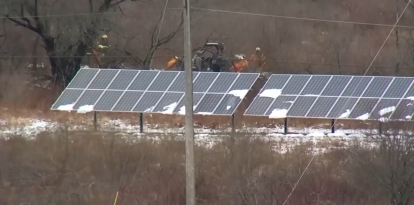After nine years, bubonic plague and smallpox reappear in Alaska
The authorities explained that they are following up on the communities where the cases occurred.

()
Two diseases have long troubled the public: bubonic plague and Alaskapox. The first death from the new Alaskapox virus was reported Tuesday, according to the state Department of Health, which sent out a bulletin on Friday.
The man was immunosuppressed and is the first known person to die from the virus that was discovered in 2015.
"Since 2015, six additional cases of Alaskapox virus have been reported in Alaska, five of which were in persons living in the Fairbanks North Star Borough and one person was living in the Kenai Peninsula Borough," said the department.
boletín 2024_02 by Williams Perdomo on Scribd
"Bubonic plague can progress to septicemic plague"
Meanwhile, last week Deschutes County (Oregon) confirmed a case of bubonic plague in a local resident. The individual was likely infected by his symptomatic cat.
Dr. Richard Fawcett, Deschutes County Health Officer, said “All close contacts of the resident and their pet have been contacted and provided medication to prevent illness."
"If not diagnosed early, bubonic plague can progress to septicemic plague (bloodstream infection) and/or pneumonic plague (lung infection). These forms of plague are more severe and difficult to treat. Fortunately, this case was identified and treated in the earlier stages of the disease, posing little risk to the community," added Fawcett.
The statement explained that "according to Oregon Health Authority, plague is rare in Oregon, with the last case reported in 2015. It spreads to humans or animals through a bite from an infected flea or by contact with an animal sick with the disease. The most common animals to carry plague in Central Oregon are squirrels and chipmunks, but mice and other rodents can also carry the disease."
RECOMMENDATION





















